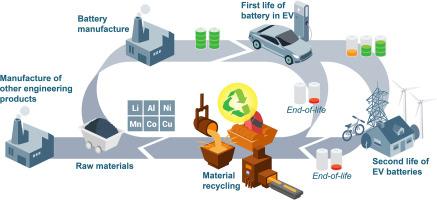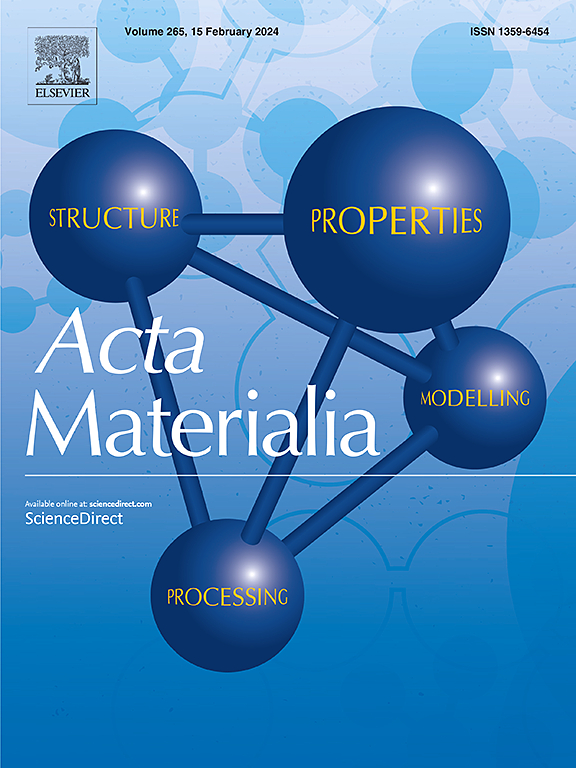通过纳米级杂质控制实现铜的圆度
IF 9.3
1区 材料科学
Q1 MATERIALS SCIENCE, MULTIDISCIPLINARY
引用次数: 0
摘要
铜(Cu)对社会电气化至关重要,但原生铜矿石的金属含量不到1%,采矿不足以满足清洁能源转型的需求。回收利用提供了一种可行的替代方案,可减少高达65%的二氧化碳排放,但由于废料相关杂质导致的导电性损失阻碍了其在高性能系统中的应用。在这项工作中,我们介绍了一种从电动汽车(EV)电池中回收铜的回收策略,实现了直接和循环再利用。通过纳米级分析,我们表明,通过将杂质吸入间距约40纳米的纳米颗粒中,它们对传导电子有效地“不可见”。这种自清洁机制保持了导电性能和机械完整性,将有害杂质转化为功能性合金元素,促进铜的可持续再利用。本文章由计算机程序翻译,如有差异,请以英文原文为准。


Enabling circularity of copper through nanoscale impurity control
Copper (Cu) is essential to the electrification of society, yet primary Cu ores contain less than 1% metal, making mining insufficient to meet the demands of the clean energy transition. Recycling offers a viable alternative, reducing CO2 emissions by up to 65%, but conductivity losses due to scrap-related impurities hinder its application in high-performance systems. In this work, we introduce a recycling strategy for Cu recovered from electric vehicle (EV) batteries, enabling direct and circular reuse. Through nanoscale analysis, we show that by gettering impurities into nanoparticles spaced approximately 40 nm apart, they become effectively “invisible” to conduction electrons. This self-cleaning mechanism maintains both electrical conductivity and mechanical integrity, turning detrimental impurities into functional alloying elements and facilitating the sustainable reuse of Cu.
求助全文
通过发布文献求助,成功后即可免费获取论文全文。
去求助
来源期刊

Acta Materialia
工程技术-材料科学:综合
CiteScore
16.10
自引率
8.50%
发文量
801
审稿时长
53 days
期刊介绍:
Acta Materialia serves as a platform for publishing full-length, original papers and commissioned overviews that contribute to a profound understanding of the correlation between the processing, structure, and properties of inorganic materials. The journal seeks papers with high impact potential or those that significantly propel the field forward. The scope includes the atomic and molecular arrangements, chemical and electronic structures, and microstructure of materials, focusing on their mechanical or functional behavior across all length scales, including nanostructures.
 求助内容:
求助内容: 应助结果提醒方式:
应助结果提醒方式:


